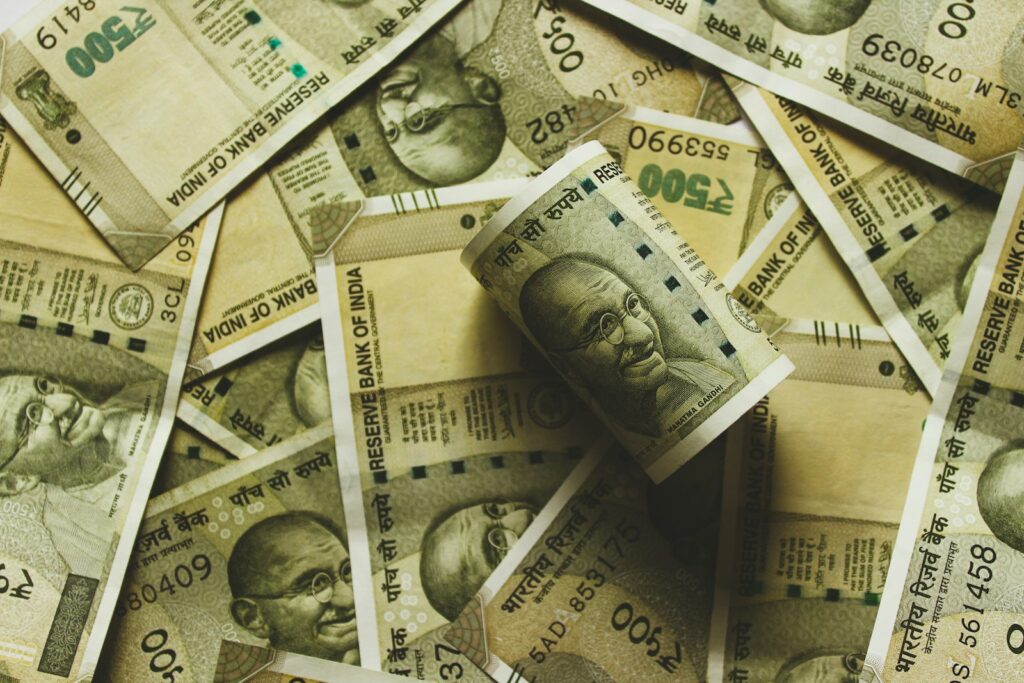
The union budget 2024-2025 proposes that the rules and regulations for Foreign Direct Investment and Overseas Investments will be simplified to (1) facilitate foreign direct investments; (2) nudge prioritization, and (3) promote opportunities for using the Indian Rupee as a currency for overseas investments.
The desire to promote opportunities for using the Indian Rupee as a currency for overseas investments can be seen as a desired step towards currency convertibility from partially convertible to fully convertible.
In the above context, it is worth mentioning that the payment ecosystem in India led by NPCI (National Payments Corporation of India) and the greater use of Unified Payments Interface (UPI), a real-time mobile payment system in India, developed by the NPCI has enabled the digital transaction revolution in India. The ease of use and credibility enforced by the UPI-based platform have made India’s payment system unique and next-generational. The regulatory domain led by NPCI is to be appreciated for providing clarity and facilities in such an evolving segment that can have a global outreach. At this juncture, it is also worth saying that the ease of using a currency for payment is expected to increase its adoption more than other complex economic considerations. The advent and adoption of various digital currencies across the world are direct examples. Another aspect to note is the digital currency launched by the Reserve Bank of India (RBI) the most capable and impactful financial sector regulator in India is successfully implemented. RBI has been the prime financial sector instrumentality of our country and is time-tested for its interventions to supplement credibility and trust in the Indian economy.
The Reserve Bank of India-led Digital Rupee Central Bank Digital Currency (CBDC) has evolved through the process. The Digital Rupee – Wholesale segment (e₹-W) commenced on November 1, 2022. The use of e₹-W will make the interbank market more efficient. Further, settlement in central bank money would reduce transaction costs by pre-empting the need for settlement guarantee infrastructure or for collateral to mitigate settlement risk. Retail digital Rupee (e₹-R) was launched on December 01, 2022. The e₹-R is in the form of a digital token that represents legal tender. It would be issued in the same denominations that paper currency and coins are currently issued. It would be distributed through intermediaries, i.e., banks. Users will be able to transact with e₹-R through a digital wallet offered by the participating banks and stored on mobile phones/devices. Transactions can be both Person to Person (P2P) and Person to Merchant (P2M). Payments to merchants can be made using QR codes displayed at merchant locations. The e₹-R offers features of physical cash like trust, safety, and settlement finality. As in the case of cash, it will not earn any interest and can be converted to other forms of money, like deposits with banks.
It is to be noted that the Central Bank Digital Currency (CBDC) also known as “Digital Rupee” or “e₹” is defined by RBI as a legal tender issued by RBI in a digital form. It is the same as a sovereign currency and is exchangeable one-to-one at par (1:1) with existing currency. The digital rupee (e₹) offers features of physical cash like trust, safety, and settlement finality with atomicity (i.e. immediate settlement of transactions) in digital mode. The digital rupee (e₹) represents a direct claim on RBI as in the case of normal currency. It can be used to carry out transactions or store value digitally, similar to how currency notes are used in physical form.
The budget proposal can be viewed as an aim to promote opportunities to use the Indian Rupee as a currency for overseas investments. Upon implementation, the above will propel Indian investment and trade abroad. If there is regulatory clarity for the use of the Indian Rupee for this, it can be seen as a developing step towards full currency convertibility of Indian Rupees, especially through Digital Rupee resolution and by NPCI spreading its arms to facilitate the use of the Indian Rupee abroad.


